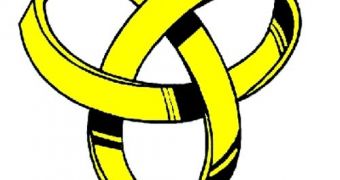Researchers have recently learned that employing gestures when explaining mathematical concepts can be very helpful at times, especially for little kids. And they are useful not only because they are fun and so on, but because they offer a totally new way of understanding the concepts involved. The new technique makes use of older knowledge, which has it that movements can help retrieve information about events from the past, in other words form a cue that can later be accessed by repeating the same gesture again and again.
In a new scientific study, published in the latest issue of the journal Psychological Science, experts at the University of Chicago have managed to prove that gestures not only help people recollect old memories, but they can also assist them in forming new cues.
If this is true, then teachers could use the data to develop more attractive teaching techniques that would involve the children more in the learning process, and would also provide the little ones with an easier way of handling various mathematical concepts.
“This study highlights the importance of motor learning even in nonmotor tasks, and suggests that we may be able to lay the foundation for new knowledge just by telling learners how to move their hands,” the lead author of the Gesturing Gives Children New Ideas About Math study, psychologist Susan Goldin-Meadow, explains.
For the new research, 28 fourth-grade students were divided into three groups, and were then given the same equation to solve as they saw fit. In a pre-test, none of them was able to resolve a problem of the type 3+2+8=__+8, so each group had a tutor that instructed them how to do it. The first one were told the sentence “I want to make one side equal to the other side,” while for the second group gestures were used to describe the same things, with no words.
The third group was both given the sentence and shown the gestures, but the latter were selected so that they would be unsuited for the particular problem the kids were given to solve. All of the youngsters were asked to repeat the information and gestures they were thought, and then solve some simple equations. At the end, results proved that those who reproduced the gestures correctly came in first place, while those who only repeated them partially came in second. The group that only received the sentence ranked last.
“The grouping information students incorporated into their post-lesson speech must have come from their own gestures. Children were thus able to extract information from their own hand movements. This process may be the mechanism by which gesturing influences learning,” Goldin-Meadow concludes.

 14 DAY TRIAL //
14 DAY TRIAL //